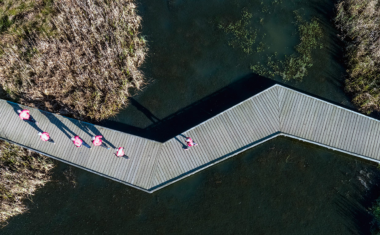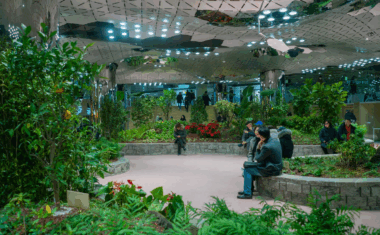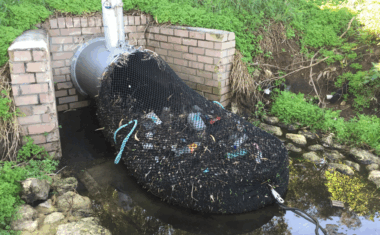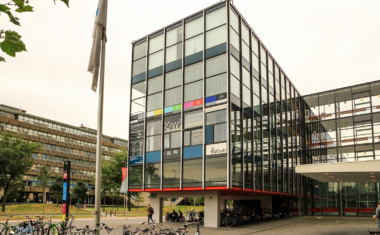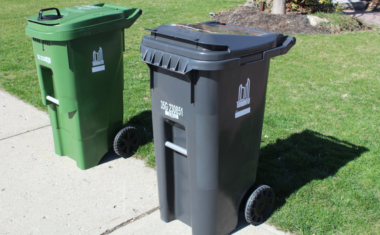Rainbeer
- 6 min to read
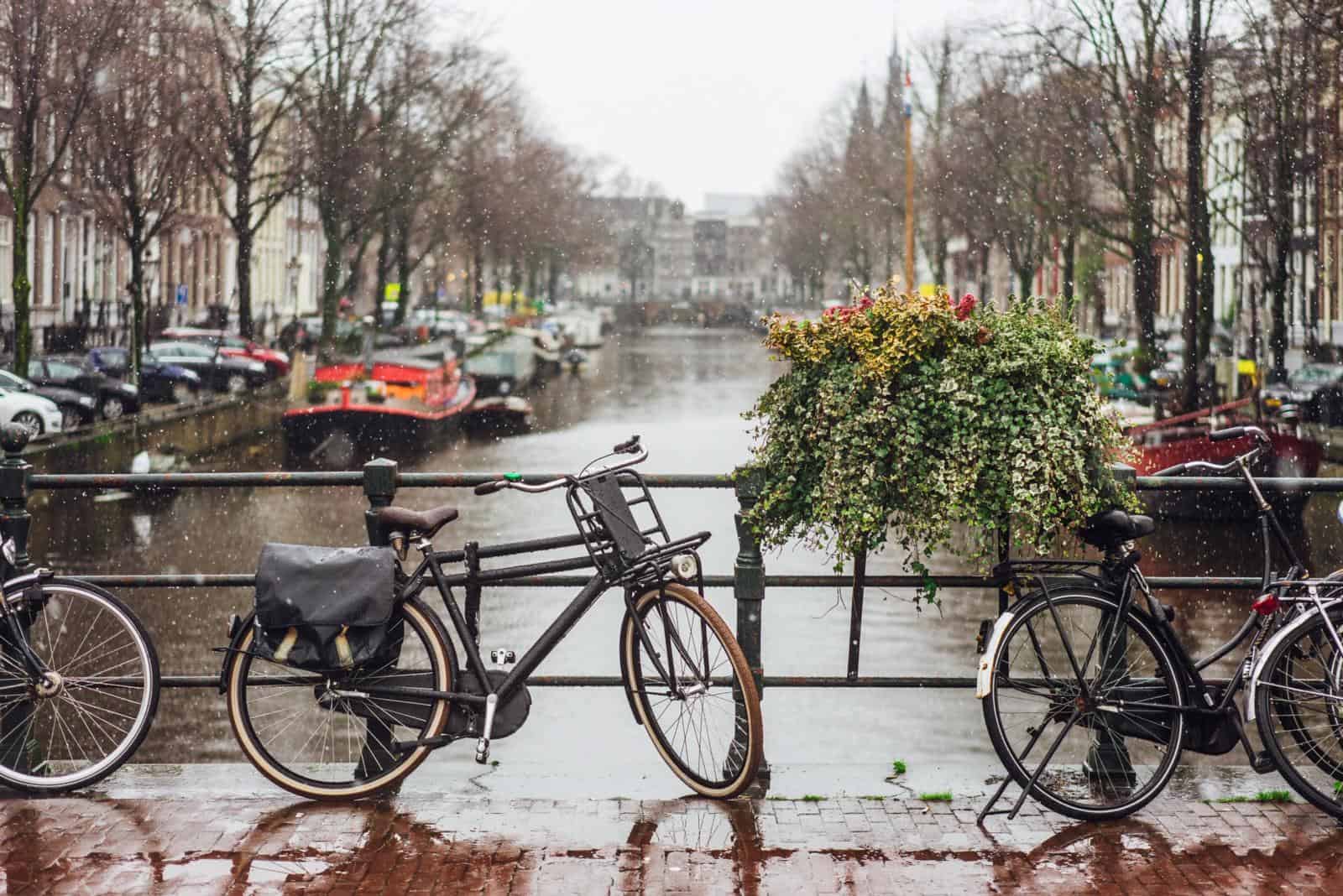
About the city. Water management has been important for the Amsterdam governments to prevent economic and social damages from flood and drought.
Goal
The goal is to let people take action to adapt to climate change and heavy rainfall(rainproofing). The ultimate goal is to go from awareness to really implementing rainproof measures. In the slipstream of this goal company also works on the most circular beer and brewery in cooperation with ‘de Prael’ in the world
Implementation period. The first launch of the Rainbeer was in 2016.
Fact
It rains a lot in the Netherlands. Amsterdam city experienced an extreme rainfall event in July 2014. Some 90 mm of rain fell within a few hours, damaging houses and slowing traffic as tunnels filled with floodwater. This event increased the city’s urgency to climate-proof urban areas and catalysed Waternet to roll out its surface solutions before underground sewers reached carrying capacity
Solutions
The Amsterdam Rainproof Programme was started in 2014 by Amsterdam’s water utility company, Waternet, in an effort to climate-proof the city against extreme rainfall. Under this programme, Waternet works with stakeholders to carry out city-wide interventions to capture every drop of rain and reduce the risk of flooding.
Later, The beer, called Code Blond as a nod to the Dutch weather service’s weather warnings, was the brainchild of Joris Hoebe.
Hoebe had been dabbling in beer brewing. He realised the process used a lot of water and approached Van Deutekom with the idea to make the process more sustainable using rainwater.
The first batch of rainwater was collected from the Volkshotel in Amsterdam, where the launch event took place. The beer itself is the same recipe as De Prael’s Bitterblond but uses the collected rainwater rather than tap water. The taste is similar but softer.
The rainwater is run through a special filtration system, also developed by the group, to ensure it is safe for drinking. The initial batch of the beer was 1,000 litres but it proved to be so popular, the brewery has continued to make it and it’s now available at a number of cafes in the city as well as in bottles.
The project team wanted the whole manufacturing process to be sustainable, so they adopted electric cars to carry rainwater. After making beer, the brewery also made ‘gin tonic’ from recycled rainwater
Challenges
The main issue in this project was purifying rainwater to make beer. The recycling system, Hemelswater (Heaven’s water), was consisted of a bacterial filtration system. After filtering, the brewery boiled the water and used it to make the beer.
Team
Joris Hoebe.
Other organisations that are involved include Intratuin Amsterdam, Amsterdam rainproof, HvA, Medialab Amsterdam, Knowledge mile, De Prael.
Timeline
De Prael is looking to expand its brewery by opening a section location which Gesink wants to have operated completely with rainwater. And another MediaLAB project has found a different alcoholic use. They’ve created a bottled gin and tonic made with gin distilled from rainwater.
If you notice an error or inaccuracy in our editorials, please email [email protected] so we can look into it.

